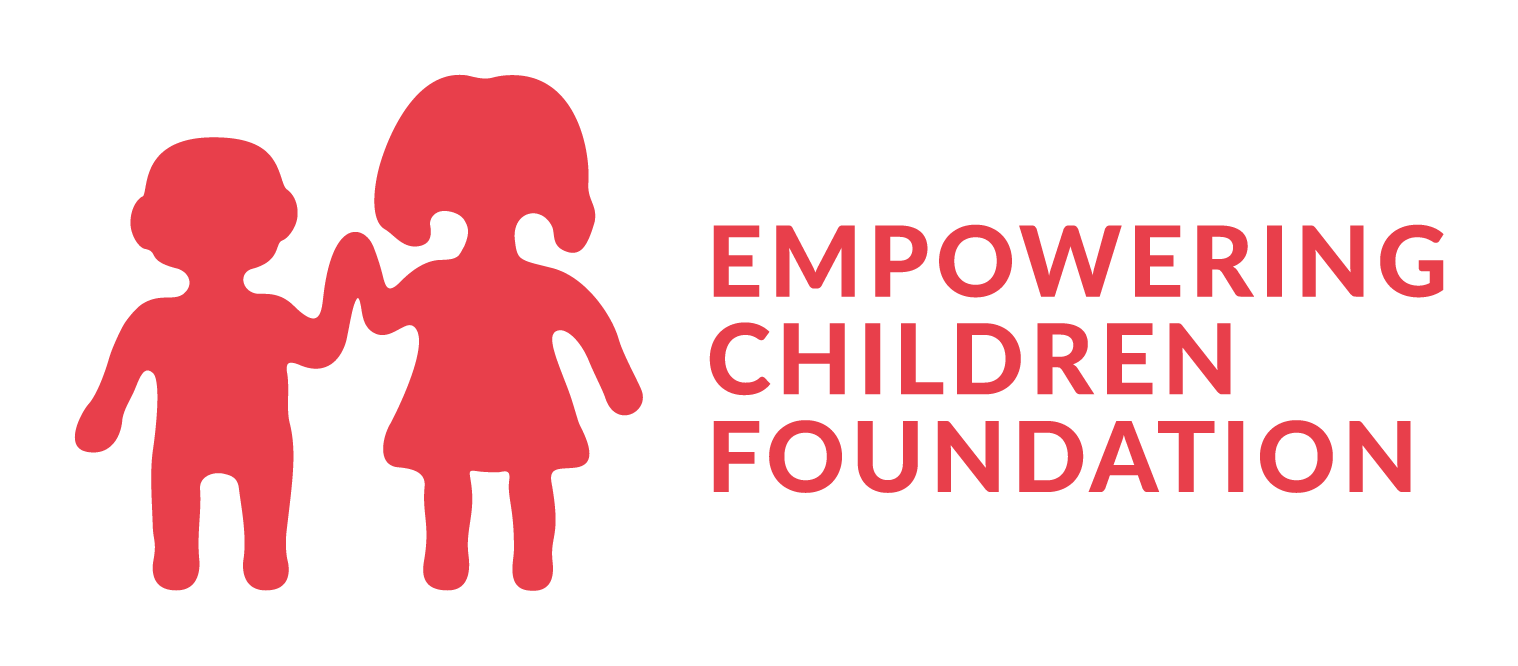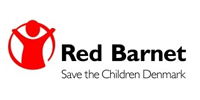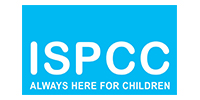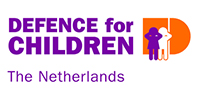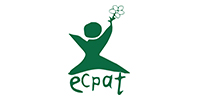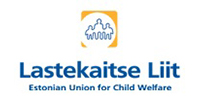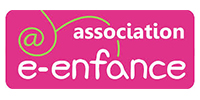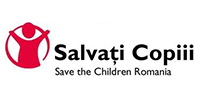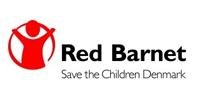The rules governing General Top-Level Domains
eNACSO has been closely following the policy development on the Internet’s unique identifiers as well as the Internet’s naming system and coordinated by ICANN
We need to reach a consensus about the roles and responsibilities of all of the actors involved in Internet Governance and in particular we need to develop a consensus about the roles and responsibilities of those bodies dedicated to keeping the Internet secure, stable and interoperable.
More particularly we believe that the assignment of General top-level domains (gTLDs) has an important impact on the expansion and evolution of the Internet and that the interests of children and young people should prevail especially when it comes to those domains targeting them or that are highly likely to attract them (i.e.: .kid, .kids, .games, .juegos, .play, .school, .toys…).
We urge ICANN to set out agreements about how those gTLDs would function, to ensure that processes and procedures are widely shared and agreed bearing in mind that the safety of children should be prioritized.
eNACSO strongly suggests that ICANN should develop specific guidelines and requirements which will be applied to all domains which expressly refer to children and young people including requiring specific expertise from individuals or organizations with appropriate backgrounds. We are also raising our concerns through the ICANN’s Public Safety Working group
In recent years we have hold frequent exchanges with the Members of the Network and representatives of ICANN mainly focused on knowing whether and how the Child Safety is considered in new General Top-level Domains assignment and what are the rules governing the different processes.
The GAC’s Public Safety Working Group (PSWG) focuses on aspects of ICANN’s policies and procedures that implicate the safety of the public. eNACSO Advisor, Mr John Carr is member of the GAC PSWG for UK together with whom is working alongside to monitor the procedures for the assignment of gTlDs that could have an impact on children.
To learn more see the correspondence below.

 Funded by the European Commission
Funded by the European Commission

